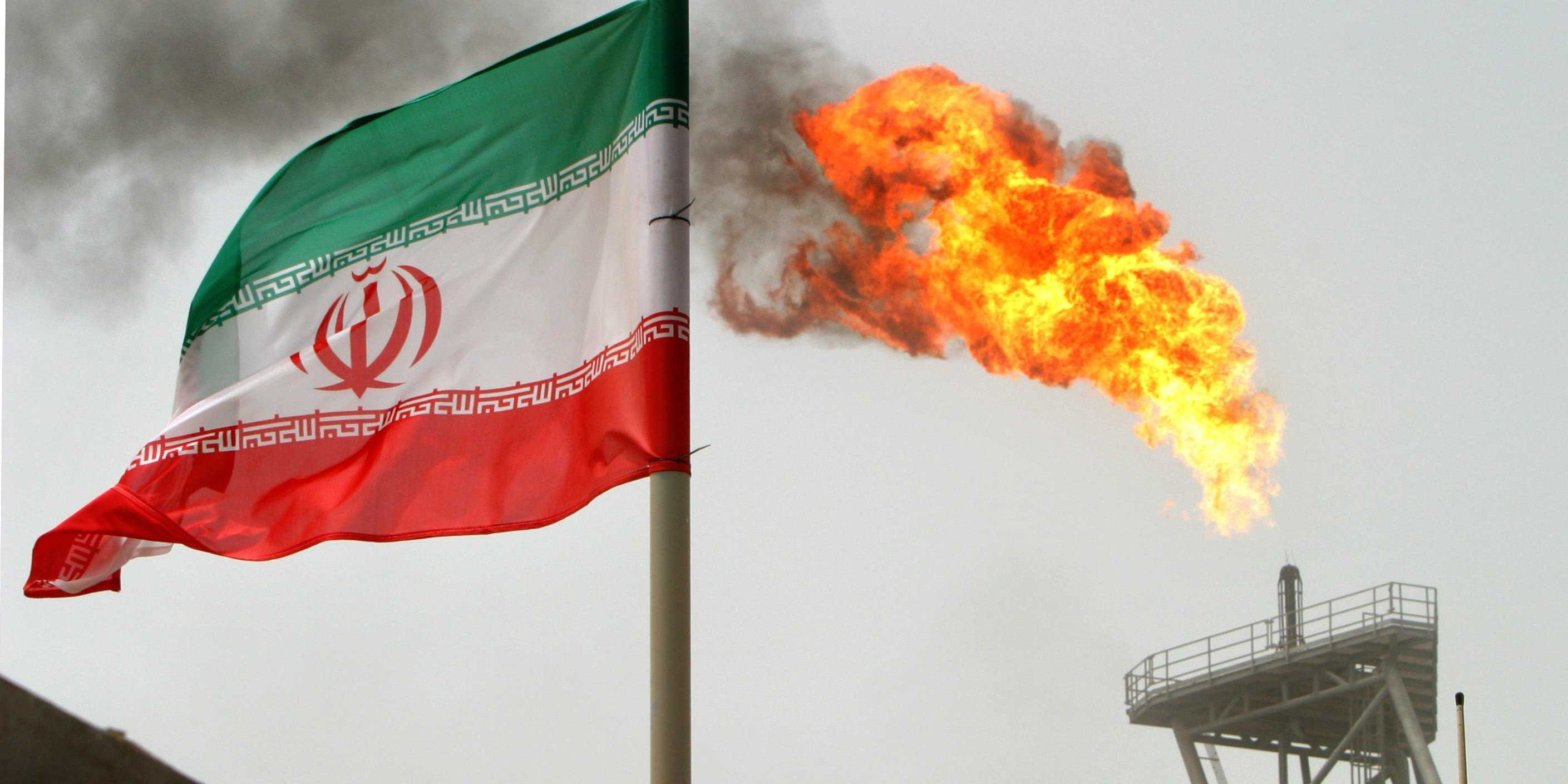Iran has been selling more of its crude as Saudi Arabia and Russia dial back oil production. The nation sold 1.6 million barrels a day on average in May and June, notching a five-year record. Iranian suppliers are offering a $30 per barrel discount compared to their Persian Gulf rivals, officials said. Loading Something is loading.
Thanks for signing up!
Access your favorite topics in a personalized feed while you’re on the go.
Cheap oil from Iran is filling a hole left in the market as Saudi Arabia, Russia, and other major oil producers pull back on crude output.
Iranian oil shipments hit 1.6 million barrels a day on average during the months of June and May, according to Kpler and Petro-Logistics data cited by the Wall Street Journal. That’s more than twice the amount of oil that was sold during the same period last year, and it’s the highest volume of oil Iran has exported since the US reimposed strict sanctions on the country in 2018.
Much of that oil has been making its way to China, which is now Iran’s top oil customer. China bought 359,000 barrels of crude a day from Iran in May, Kpler data shows. Syria and Venezuela have also emerged as key buyers of Iranian oil.
The surge comes as Saudi Arabia, Russia, and other OPEC+ producers take major steps to dial back oil production, with Saudi Arabia extending its 1 million barrel-a-day production cut through August, and Russia recently vowing to slash its oil production by another half million barrels a day.
Saudi Arabia, the de-facto leader of OPEC+, has long complained about market “distortions” that are keeping oil prices low, leading it to slash production aggressively over the last year to boost crude prices. Though Iran is part of OPEC+, it currently doesn’t have an output quota within the cartel due to being under US sanctions.
Iranian suppliers have also offered steep discounts on crude relative to Saudi Arabia and even Russia, which has discounted its oil heavily since beginning its invasion of Ukraine.
Iranian oil is sold around a $30 discount per barrel compared to competitors in the Persian Gulf, officials told the Journal. Still, the nation pulled in $28 billion in crude exports in the last Persian calendar year ending March 2023, about four times what it made in 2021.
